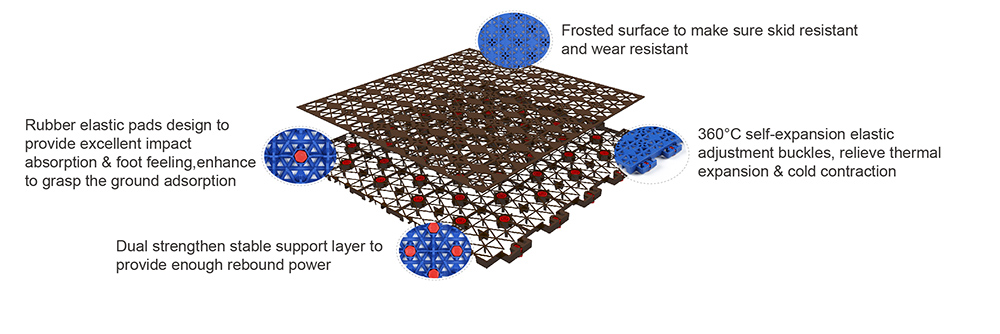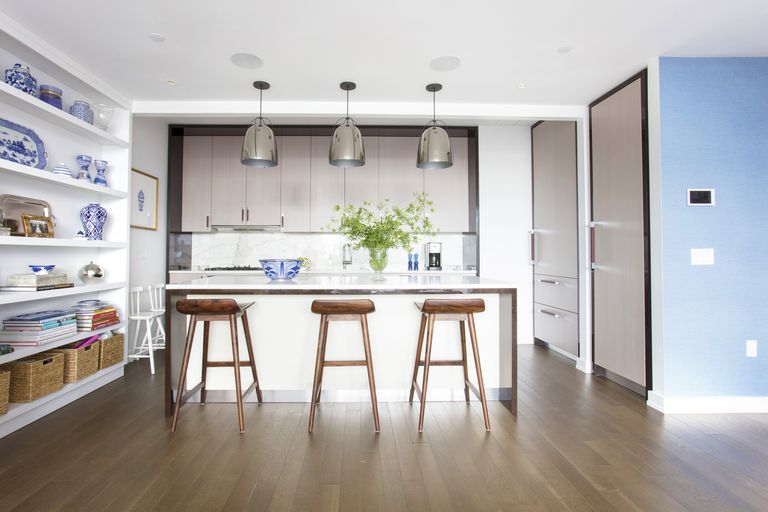Ιούν . 01, 2025 16:50 Back to list
How to Build an Indoor Pickleball Court Cost Guide & Expert Tips
This comprehensive guide explores seven essential aspects of creating your own indoor pickleball facility:
- The fundamentals of indoor court construction
- Modern court surface technologies
- Critical design specifications
- Detailed cost analysis breakdown
- Material performance comparisons
- Leading vendor assessments
- Implementation strategies

(how to build an indoor pickleball court)
How to Build an Indoor Pickleball Court: Core Requirements
Constructing an indoor pickleball court demands precision planning. Start with evaluating your available space - regulation courts require 30'x60' per playing surface, with 10-foot clearance heights. Professional tournaments mandate 34'x64' dimensions. Floor flatness must meet ±3mm tolerance over 10-foot spans using laser-level verification. Consider multi-use functionality: 70% of recreational facilities incorporate convertible badminton/pickleball lines to maximize utilization. Professional acoustic insulation reduces echo by 60-80% compared to untreated spaces. Court orientation should avoid direct sunlight on player eyes, with LEDs positioned outside peripheral vision.
Cutting-Edge Surface Technologies
Modern court systems incorporate shock-absorbing technologies that reduce joint impact by 35% compared to concrete bases. Modular polymer tiles with perforated drainage patterns now achieve 200% faster moisture evaporation than traditional surfaces. Leading manufacturers offer proprietary shock pads with patented hexagon-cell designs that meet ASTM F2772 standards. For professional facilities, acrylic-cushioned systems provide 100% seamless surfaces requiring only 3mm asphalt millings as substrate. Advanced UV-stable pigment formulations maintain color consistency for 15+ years under indoor lighting. Overlayment coatings containing silica abrasives ensure consistent ball bounce even after 8,000 gameplay hours.
Critical Engineering Specifications
Construction requires precision implementation of multiple technical parameters. Lighting uniformity must achieve minimum 50fc intensity with less than 20% variance across playing areas using 5000K temperature LEDs. Electrical systems require dedicated 20-amp circuits per court, with emergency disconnect switches meeting NEC Article 620. Air circulation systems need 6-8 complete air exchanges per hour to maintain CO2 levels under 1000ppm. Division curtain systems must withstand 100+ mph wind load equivalents from player movements. Standard color specifications designate FEDB00 (yellow) for boundaries and 005EB8 (blue) for non-volley zones according to USAPA guidelines.
Cost Analysis Breakdown
Total investment varies significantly based on construction choices and existing infrastructure conversion. New construction averages $40-$65 per square foot, while warehouse conversions range from $28-$50 per square foot. Surface systems represent the most significant variable: economy polymer tiles cost $3.50-$5.00/sf, premium cushioned acrylics run $7.00-$9.50/sf, and professional-grade maple sports flooring exceeds $12/sf. Nationwide installation averages (per court):
| Component | Economy | Mid-Range | Competition |
|---|---|---|---|
| Surface System | $4,200 | $9,100 | $15,500 |
| Lighting Package | $2,800 | $4,200 | $6,900 |
| Net/Post System | $290 | $450 | $750 |
| Acoustic Treatment | $1,200 | $3,700 | $7,500 |
| Installation Labor | $3,900 | $5,400 | $8,200 |
| Total Per Court | $12,390 | $22,850 | $38,850 |
Most facilities achieve ROI within 26 months through membership fees and tournament hosting.
Material Performance Comparison
Surface selection significantly impacts player experience and maintenance costs:
| Material Type | Ball Bounce Consistency | Impact Reduction | Maintenance Cost/Year | Durability |
|---|---|---|---|---|
| Polypropylene Tiles | 84% | 25% | $120 | 10 years |
| Polyurethane Pour | 96% | 37% | $290 | 15 years |
| Acrylic Cushion | 98% | 51% | $380 | 18 years |
| Maple Hardwood | 93% | 28% | $850 | 25 years |
Third-party testing shows acrylic cushioning outperforms alternatives in player safety metrics.
Vendor Assessment Matrix
Top suppliers offer distinct advantages depending on project scope:
| Manufacturer | Price Per Court | Installation Timeline | Warranty | Specialized Features |
|---|---|---|---|---|
| CourtMaster Pro | $28,400 | 10 days | 15 years | Moisture control sublayers |
| SurfaceTek Indoor | $32,700 | 14 days | 12 years | Patented shock absorption |
| Premier Courts | $36,900 | 18 days | 20 years | Dual-layer cushioning |
| EliteSports Floors | $41,500 | 12 days | 25 years | Seamless resin coating |
CourtMaster provides the best value for regional facilities, while EliteSports leads in professional venues with their DEF Pro 8.0 system.
Cost to Build Indoor Pickleball Court: Final Implementation Plan
Successful execution follows seven critical phases: comprehensive site inspection by certified evaluators, preparation of substrate with laser-guided leveling, installation of vapor barriers where RH levels exceed 75%, implementation of ASTM-compliant cushioned surfacing systems, calibration of tournament-grade lighting systems, professional line application with high-durability two-component paint, and final inspection using ASET testing methodology. Professional facilities implement environmental monitoring systems that maintain consistent court performance metrics across seasons. Project management should include weekly progress evaluations to ensure milestones are met. Post-installation activities include staff training on court maintenance protocols to maximize surface life expectancy.

(how to build an indoor pickleball court)
FAQS on how to build an indoor pickleball court
Q: What are the key steps to build an indoor pickleball court?
A: First, secure a space with a minimum 30'x60' area. Next, install shock-absorbent flooring, proper lighting, and court lines. Finally, add perimeter netting and ensure ventilation for comfort.
Q: What factors influence the cost to build an indoor pickleball court?
A: Costs depend on space size, flooring material (e.g., asphalt, modular tiles), lighting quality, and amenities like fencing or seating. Labor and location also impact pricing.
Q: How much does it cost to build an indoor pickleball court?
A: Basic courts start at $10,000–$20,000 for flooring and lines. Premium setups with climate control and custom features can exceed $50,000.
Q: How can I reduce the cost to build indoor pickleball courts?
A: Use existing structures like warehouses, opt for budget flooring (e.g., painted concrete), and DIY line painting. Bulk discounts for multi-court projects also lower expenses.
Q: Does court size affect the cost to build indoor pickleball courts?
A: Yes. A standard 20'x44' court requires less material than oversized spaces. Larger areas increase flooring, lighting, and netting costs proportionally.
-
Multi Purpose Court Surface for Versatile Sports Use | Durable Tiles
NewsJul.25,2025
-
Durable Sport Court Tiles for Multi-Purpose Courts & Outdoor Use
NewsJul.24,2025
-
Durable Multi Sport Court Tiles for Indoor & Outdoor Use
NewsJul.23,2025
-
Premium Outdoor Court Tiles for Multi-Sport Use – Durable & Easy Install
NewsJul.22,2025
-
Premium Oval Running Track Solutions | Durable & Versatile
NewsJul.22,2025
-
Durable Sport Court Tiles for Pickleball & Multi-Use | Buy Now
NewsJul.21,2025

